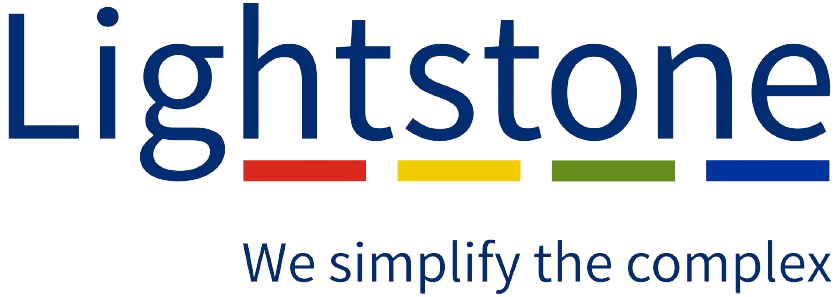Avoid the “noise”, focus on your strategy and keep an eye out for opportunities. These were the underlying themes which emerged during a recent webinar hosted by Retail Property Investor Magazine's webinar titled “Property Market Outlook 2025: Trends, Challenges and Opportunities”.
Lightstone’s Business Development Executive, Esteani Marx, Paul Stevens, CEO of Just Property Group and Theo Mseka, CEO and Head of Marketplaces at Private Property & Better Home Group joined the conversation, moderated by Neale Peterson, founder of Real Estate Investor.

In her presentation, South Africa’s Property Market in 2025: What you need to know, Marx said residential property sales had not grown in volume over the 11 years under review, but there had been an increase in the value of sales over the period.
South Africa’s residential property sales improved marginally in 2024, with 212 543 properties changing hands compared to 211 219 in 2023. Despite the improvement, total sales were well off the 11-year high of 269 372 in 2021 (when the market rebounded from Covid) and less than the 230 920 recorded in 2014.
Volume of properties sold in South Africa: 2014-2024

The value of transactions has increased steadily over the 11 years, although 2023 and 2024 were down on the post Covid highs recorded in 2021 and 2022.
Total Rand value of transactions nationally: 2014-2024

House price inflation (HPI) has varied, just like growth in value and volume. In 2024, the Western Cape delivered HPI of 5%, but it was surpassed by Limpopo with just under 6.8%. The next best return came in Mpumalanga (4.5%) with the country’s economic powerhouse Gauteng delivering just 1.13% and ever popular KwaZulu-Natal 1.8%. The data suggests that while the Western Cape’s property market grabs the headlines, there is opportunity to grow the value of property investments in provinces like Limpopo and Mpumalanga.
Latest current provincial property inflation status

The most notable feature of sales volumes in South Africa’s three largest provinces was that the gap between Gauteng and the Western Cape had narrowed: in 2014 99 759 properties were sold in Gauteng compared to 54 402 in the Western Cape, while a decade later sales in Gauteng had slipped to 87 937 (a drop of 17%) and numbers in the Western Cape had increased to 58 571 (8%).
Sales volumes for the three largest provinces

The relationship between bonded and unbonded transactions has been consistent over the years, as the graph below shows. In 2014, bonded sales made up 61% of volume and 55% of value, indicating higher value transactions were often unbonded. In 2024, bonded sales accounted for 55% of volume and 49% of value.
Percentage of sales bonded: value and volume

Opportunities
Urbanisation would continue to fuel the need for housing, particularly at entry levels, and semigration would drive the growth of smaller towns, especially those along South Africa’s coast. South Africa also remained an attractive option for foreign buyers armed with strong currencies, and residential developments were popular in tourism and leisure markets like Limpopo and Mpumalanga.
Key areas to watch include retirement and student housing, and the growing preference for Estates and Sectional Schemes, as South Africans favour safety and community living over larger, standalone properties.

